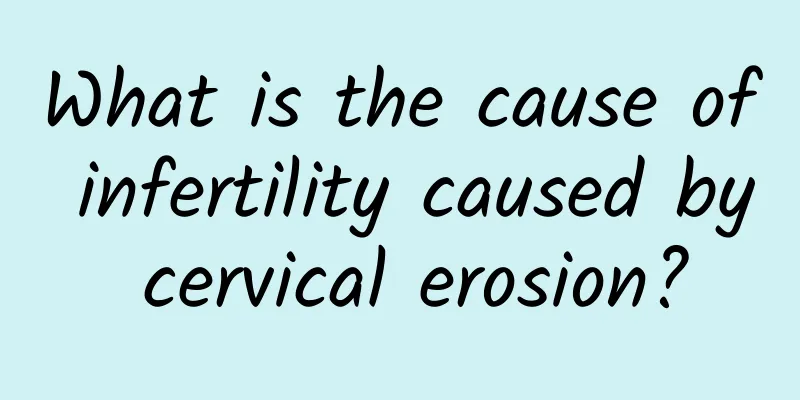How to treat functional amenorrhea

|
How is functional amenorrhea treated? Patients with functional amenorrhea can adopt general treatment methods, such as maintaining a happy mood, a reasonable diet, and developing good work and rest habits. Then they can be treated with drugs, and the more commonly used ones are progesterone drugs and 26-flavor Tongjing powder. 1. General treatment of functional amenorrhea 1. Keep a happy mood If you want to treat functional amenorrhea, patients must first maintain a happy mood, look at the disease with a calm attitude, do not be overly depressed and anxious, and do not always put a lot of pressure on themselves. Otherwise, it will not only be detrimental to the treatment of the disease, but may also aggravate the symptoms. 2. Eat a healthy diet For patients with functional amenorrhea, it is also very important to have a reasonable daily diet. It is recommended to eat more nutritious foods, such as lean meat, eggs, milk, etc., but not too greasy and spicy foods, otherwise it will aggravate the symptoms. 3. Develop good work and rest habits Developing good work and rest habits is also helpful in treating functional amenorrhea. Patients should not stay up late, which will not only affect their health, but also aggravate the symptoms of the disease. Go to bed early at night, preferably before 10 o'clock, so that all organs of the body can get enough rest, making blood circulation smoother, and the symptoms of functional amenorrhea can also be alleviated. 2. Drug treatment of functional amenorrhea 1. Progesterone Functional amenorrhea can be treated with progesterone drugs, such as progesterone, which can be taken orally in progesterone capsules or injected intramuscularly. Stop taking the medicine for 3 to 7 days after taking it. During this period, we need to observe vaginal bleeding. If menstruation can come, we need to perform artificial cycle treatment. 2. Twenty-six-flavor Tongsan 26-flavor Tongjing powder is a traditional Chinese medicine commonly used in clinical practice to regulate menstruation. The main effects of this medicine are to stop bleeding and dissipate blood stasis, regulate menstruation and activate blood circulation, and can treat functional amenorrhea and lower abdominal distension, pain and blood stasis caused by retrograde menstruation. |
<<: Dietary guidance for cervical precancerous lesions
>>: How to check for pelvic inflammatory disease
Recommend
The best time to take medication for hyperprolactinemia
With the continuous development of medical techno...
Losing weight after childbirth is not a competition, take care of yourself first! 3 tips for breastfeeding and eating comfortably after childbirth, slimming down, beautifully and healthily
"A certain actress quickly regained her good...
What are the complications of uterine fibroids?
Uterine fibroids are the most common benign tumor...
The main symptoms of pelvic inflammatory disease
Pelvic inflammatory disease is actually a common ...
How long does it take for menstruation to come after abortion?
How long does it take for menstruation to come af...
Analysis of symptoms of different types of adnexitis
Since adnexitis is highly malignant and the sympt...
Why do you gain weight rapidly in winter? 4 tips to keep in shape
The cold weather is perfect for curling up on the...
Study on the slimming boiled egg breakfast: nutritious and fat-reducing
[Key points]: A day's plan begins in the morn...
Learn more about the causes of vaginitis
There are many factors in our lives that cause va...
Self-diagnosis of gynecological symptoms. Learn these methods to prevent gynecological diseases early.
Due to the physiological structure of women, the ...
What are the common early symptoms of ectopic pregnancy?
What are the common early symptoms of ectopic pre...
Four methods of external treatment of vulvar leukoplakia with traditional Chinese medicine
Vulvar leukoplakia is a common disease among wome...
Four types of uterine fibroids
Uterine fibroids are a common type of benign tumo...
Can women get pregnant if they have cervical warts?
Cervical warts are a sexually transmitted disease...
Conventional methods for the diagnosis of threatened abortion
Routine diagnosis of threatened abortion is very ...









